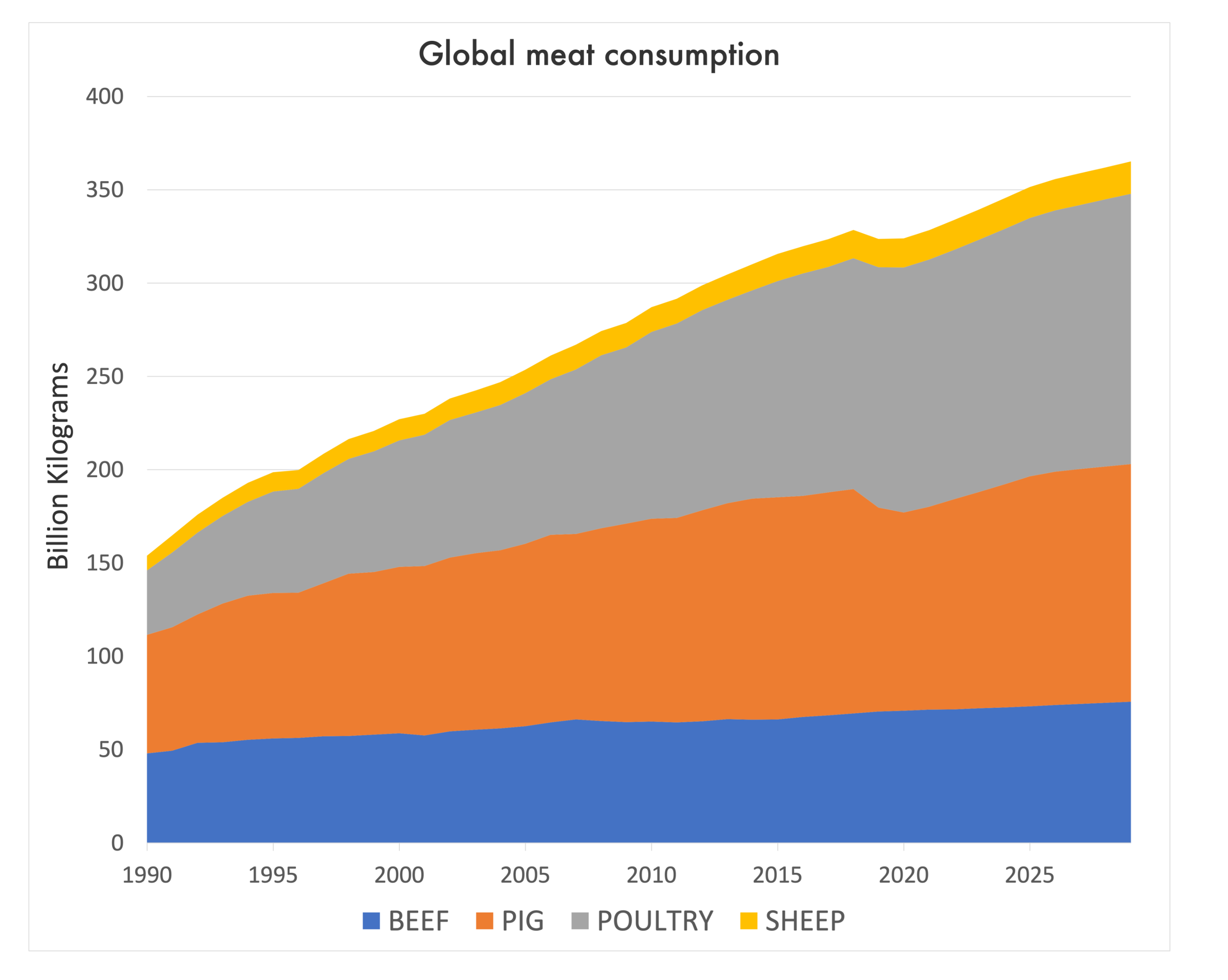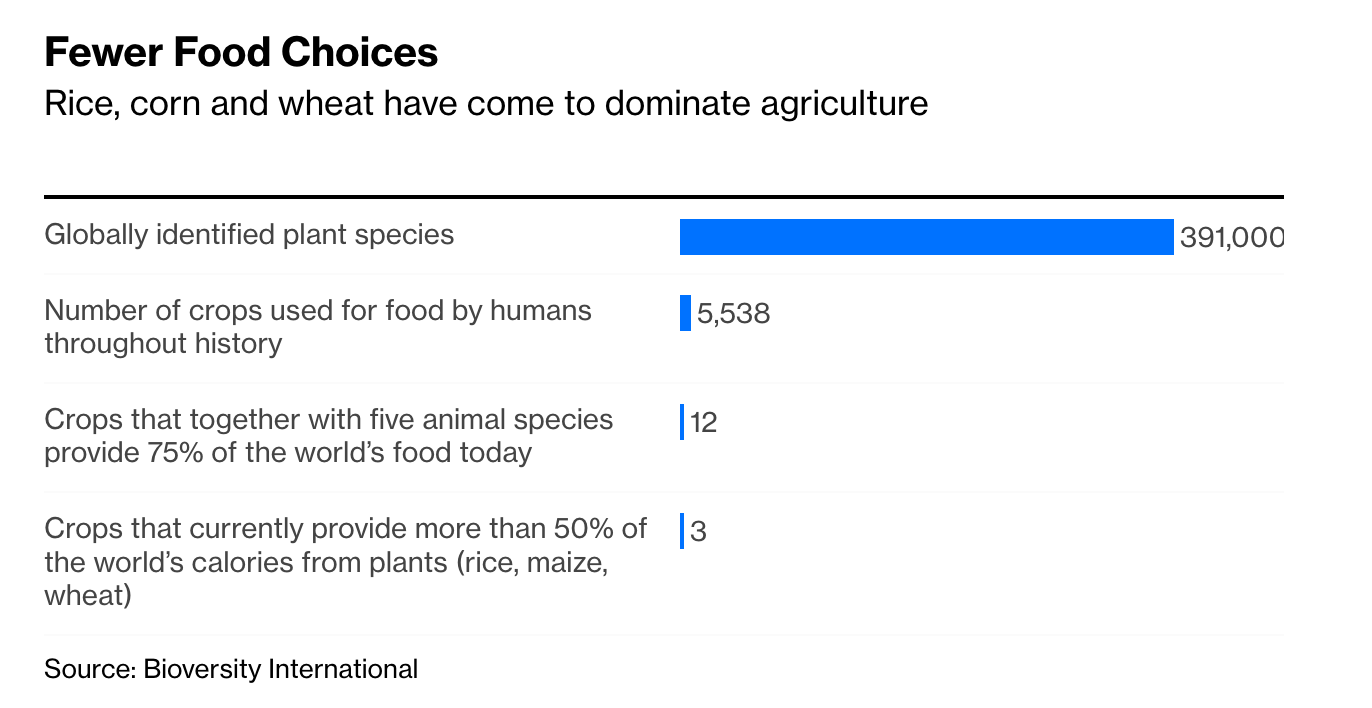I woke just as the sun rose on the second day of 2023, reflecting, as one does, on what I accomplished over the last year, why it matters, and how I should strive to do things differently in the new year. January always brings about a time for reflection, renewal, and rebirth. For me, the promises I make to myself in the hopeful light of the turning of the clock last only a few weeks, and then I end up reverting toward the same comfortable, survival-mode routine. Maybe a few things change here and there. I tinker around the edges. But nothing spectacularly transformative. And maybe, just maybe, that is okay. This is who I am. These are my habits. My flaws. My warts. My joys. My life. Call it my age, but I guess I am a little less willing to set myself up for failure. Or maybe, I am just letting go.
I say all this to you not as a person who is defeated and cynical but as a person who is hoping for the best but expecting the worst in 2023. I am not an optimist nor a pessimist. I am a realist. I am a “who is going to wash the glass?” This morning, I re-read the Intergovernmental Panel on Climate Change, also known as the IPCC, report on the physical science basis of climate change. This report lays down the hard science of climate change, the repercussions of that change, and future projections under different scenarios of zero to significant action toward mitigation. It is, frankly, incredibly stark. Many of us who work on climate change issues are told to be more positive and report on and present the good news, the silver linings. Of course, not all is doom and gloom, but it comes close. Unlike me, who tinkers on the edges each year trying to meet my new year's resolutions and goals, policymakers and industry players involved in fossil fuels, agriculture, and infrastructure, need to make massive resolutions that are transformative, and they need to stick to them.
This graph below really says it all. It shows the different shared socioeconomic pathways (SSPs), from sustainable to fossil fuel-dependent. Clearly, the world is not moving towards the optimal SSP 1.9. We are more likely hovering toward the SSP 2-4.5 pathway - the middle of the road. The graph shows that if we commit to this SSP, the world will continue to generate greenhouse gases by 2050, with a final tapering off after 2070. By then, the damage will be done - wreaking havoc on human, animal, and plant populations that depend on a more stable planet. Extreme weather events will come with more frequency and devastation. We will see much upheaval, migration, and inequities.
We are running out of time regarding climate change, and the chance to “reset” year in and year out is shrinking. So let’s raise a glass to bold and sticky resolutions that mitigate climate change and ensure that the most vulnerable and disadvantaged have the support to adapt. Let’s make 2023 about the planet.
Source: IPCC, 2021: Summary for Policymakers. In: Climate Change 2021: The Physical Science Basis. Contribution of Working Group I to the Sixth Assessment Report of the Intergovernmental Panel on Climate Change. doi:10.1017/9781009157896.001.








